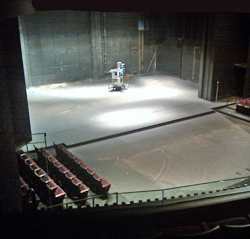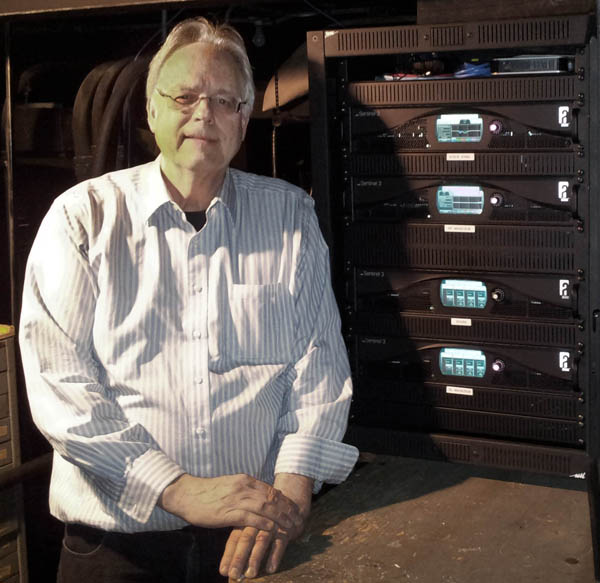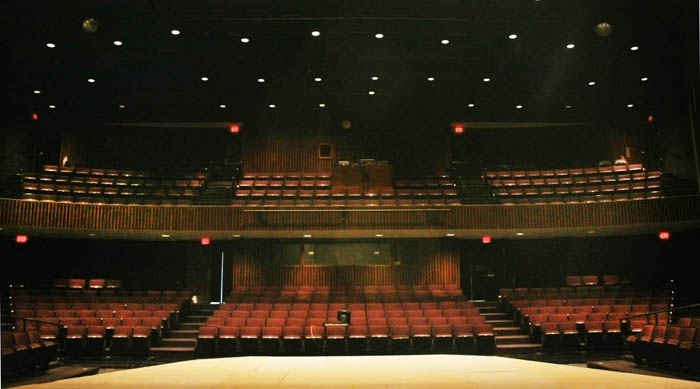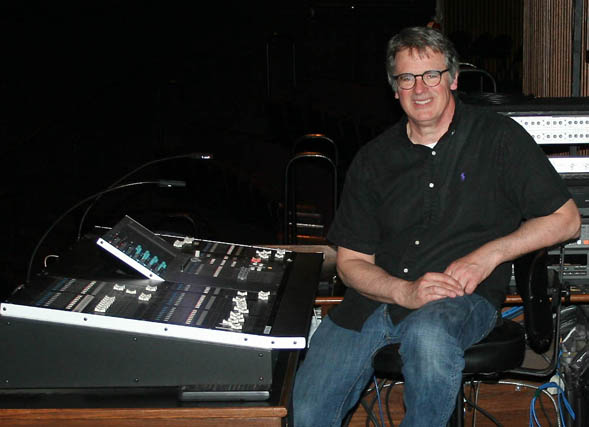
More often than not, there’s more than readily meets the eye when it comes to purpose-designed-and-built sound reinforcement systems in performing arts venues.
Certainly these systems include traditional audio components and concerns, but they also come with a host of structural and infrastructure issues that present additional challenges – often formidable – to the system design and installation team.
Case in point is the culmination of a system project for the Main Theatre at the DeWitt Center on the campus of Hope College in Holland, MI.
Originally opened in 1972 and renovated 25 years later, the 464-seat venue offers both thrust and proscenium configurations, hosting rehearsals and performances by the college’s renowned theatre department as well as a variety of regional groups.
It’s an intimate space affording excellent sightlines, with gently raked main floor seating on three sides of the thrust stage (which can be removed) and a balcony (also with raked seating) opposite the proscenium. Devoid of acoustic treatment, all wall surfaces are painted a very dark gray, and there’s no artistic adornment around the proscenium, signifying the stage as the primary focus.
A grid of catwalks and support structure spans the front half of the room, about 30 feet above the main floor, and it’s here where most of the venue’s production equipment resides, including audio components and lighting fixtures.
Resident sound/lighting designer Perry Landes, who also serves as facilities manager in addition to being an associate professor of theatre at the college, worked in tandem with Ann Arbor Audio to develop and implement a new main loudspeaker system within this space. Led by John Malek, the design-build firm, which is based in Brighton, MI, brought more than 30 years of experience to the project, proficient in sound design, installation, acoustics, modeling, measurement, and as we’ll see, much more.

Serious Homework
The loudspeaker system is the culmination of a 5-phase multi-year sound system replacement project at the theatre, involving infrastructure upgrades, power conditioning, source and signal processing devices, wireless microphone systems, hearing impaired systems and communications.
Landes had done a lot of homework on loudspeaker solutions before Ann Arbor Audio was brought on to the project, formulating a design concept of either main left/right or left/center/right line arrays, accompanied by a voice ring of loudspeakers.
“John and I were able to get to realizing that plan quickly, which was one of the truly marvelous things about working with him,” he notes. “After spending time there with me and looking at the challenges, he basically agreed with the ideas I’d come up with in my 25-plus years at Hope.”
In presenting an informed, comprehensive proposal, Ann Arbor Audio first performed an analysis of coverage and structural issues, using EASE Focus 2 modeling along with, as Malek notes, “a whole lot of CAD drawings.” All of this work paid off, resulting in a better grasp of the true scope of the project.


